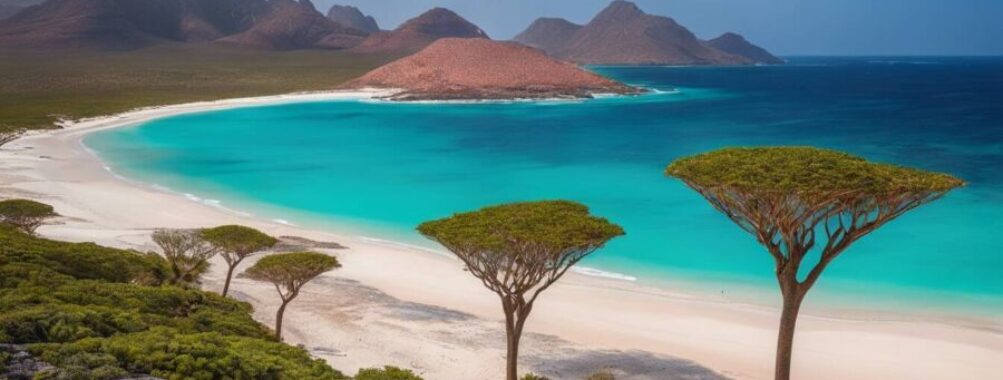
The Most Undiscovered Places in the World: Exploring Hidden Gems Off the Beaten Path
Truly remote and unvisited destinations possess a rare beauty unmatched by typical tourist hotspots. Tucked away from ordinary travel itineraries, these places offer unique and enriching experiences that are hard to find elsewhere.
Imagine being in a lush valley in Bhutan, where traditional culture thrives undisturbed, feeling the raw power of nature while roaming Namibia’s deserts or witnessing the extreme survival tactics of wildlife in the rough taiga forests of Siberia. These places’ allure lies not just in their remoteness but also in their promise of discovery. Now, let’s embark on this adventure.
The least-visited place in the world is Tuvalu, a remote island nation in the Pacific Ocean. With only a few thousand annual visitors, Tuvalu offers pristine natural beauty, clear blue waters, and rich diving and snorkeling opportunities.

Table of Contents
- Remote and Least Explored Destinations
- Bhutan’s Remote Valleys
- Namibia’s Enigmatic Deserts
- Siberia’s Untamed Taiga
- Exploring Off-the-Beaten-Path Locations
- Unique Cultural Immersion
- Natural Landscapes
- Wildlife Encounters
- Accessing Inaccessible Regions
- Alternative Transportation
- Expert Guidance
- Safety Measures
- Unveiling Hidden Cultural Frontiers
- Wilderness Areas with Few Visitors
- Responsible Tourism
- Decoding Sparse Population in Remote Areas
- Cultural Exchange and Respect
- Opportunities for Learning and Understanding
- Discovering Deserted Islands and Villages
- Book Your Dream Experience
- More Travel Guides
Remote and Least Explored Destinations
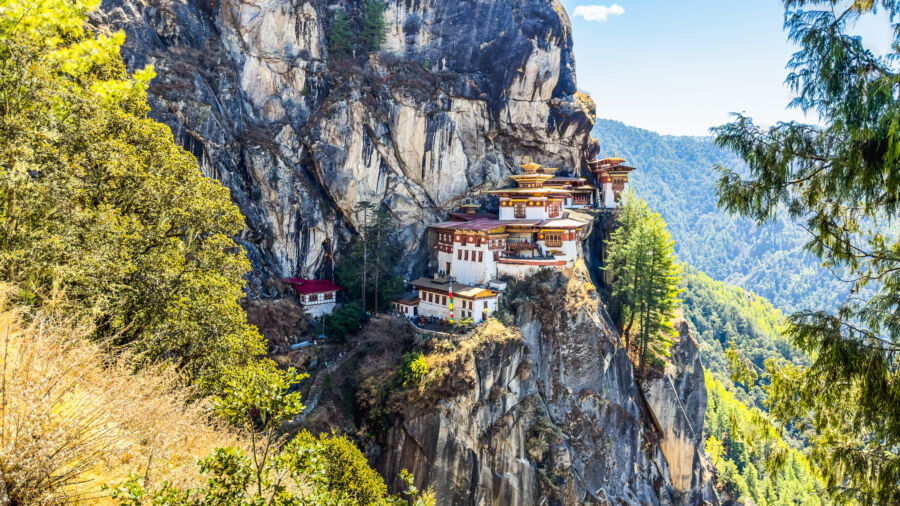
Among the myriad vacation spots awaiting discovery are hidden gems that still elude the radar of mass tourism. These remote destinations offer travelers a truly unique experience – one that is deeply entwined with nature, culture, and adventure. Visiting these regions promises an immersive encounter, as they remain relatively untouched by tourism and retain their authentic charm.
Scenic landscapes, diverse cultures, and limited tourist traffic make these remote destinations alluring for those seeking an escape from the typical vacation crowds. Compared to bustling cityscapes and popular beach resorts, these areas offer a sense of tranquility and authenticity that is increasingly rare in a globalized world.
Bhutan’s Remote Valleys

Bhutan, often called the “Land of the Thunder Dragon,” is home to remarkable valleys tucked away in the heart of the Himalayas. These remote pockets boast natural beauty at its best – pristine landscapes, soaring mountains, and deep valleys dotted with ancient monasteries.
The culture is equally captivating, with vibrant festivals, traditional architecture, and a strong emphasis on preserving tradition. As one of the most secluded countries in the world, Bhutan beckons travelers to immerse themselves in its unspoiled scenery and rich heritage.
Namibia’s Enigmatic Deserts

The deserts of Namibia hold a mysterious allure for intrepid adventurers. Vast stretches of undulating dunes, barren plains, and rugged canyons carve out a landscape unlike any other.
The stark beauty of this wilderness attracts those seeking solitude in nature’s embrace. As one of the least densely populated countries globally, Namibia invites visitors to experience unfiltered expanses teeming with unique wildlife and enchanting silence.
Siberia’s Untamed Taiga

Siberia offers an almost mythical land known as the taiga – a vast expanse of coniferous forests that stretch endlessly across its terrain. This remote region is one of Earth’s most extensive wilderness areas, where untamed nature weaves an enchanting tapestry, a realm inhabited by nomadic tribes and diverse flora and fauna. Here, travelers are invited to witness an untouched natural world far from urban civilization.
These remote destinations promise an otherworldly journey through secluded realms where time seems to stand still. Far from the beaten path, they offer a glimpse into worlds largely untouched by modernity – a rare opportunity to savor unforgettable experiences amid unspoiled natural wonders and ancient cultures.
Exploring Off-the-Beaten-Path Locations
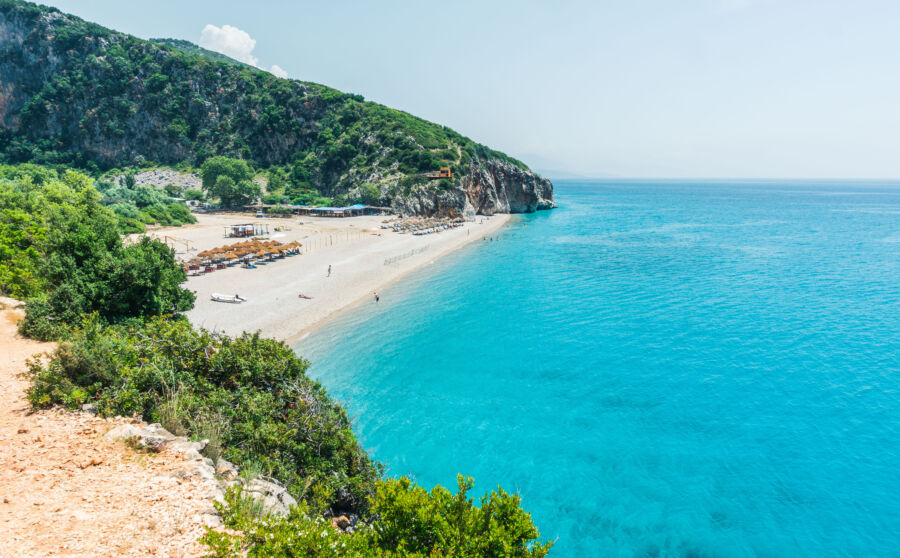
Imagine entering a world where ancient traditions have been passed down through generations, untouched forests and pristine beaches await to reveal their unspoiled beauty, and where rare wildlife thrives away from human intervention. Traveling to less-traveled places offers unique cultural immersion, encounters with breathtaking natural landscapes, and unforgettable wildlife experiences. Let’s delve deeper into these aspects that make exploring off-the-beaten-path locations captivating.
Unique Cultural Immersion
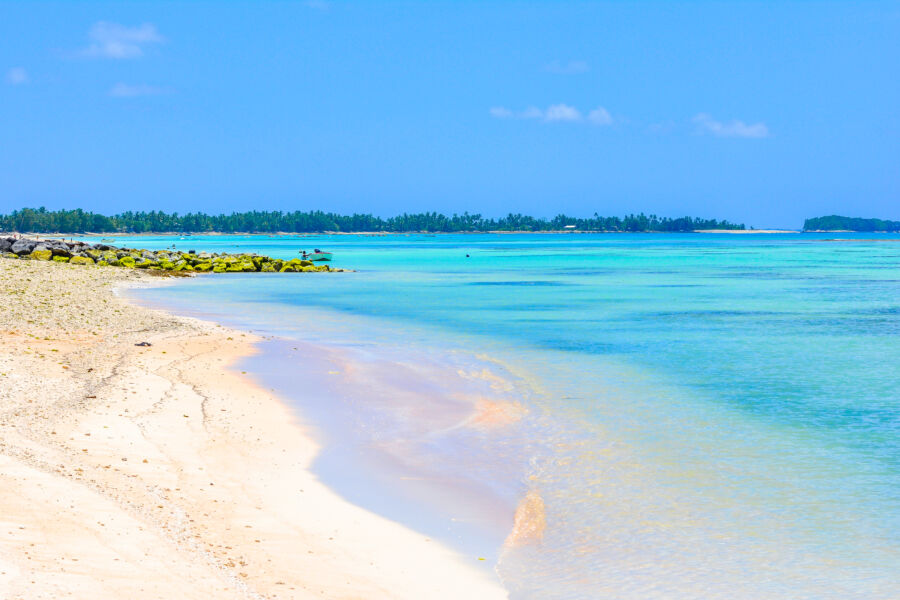
When you visit far-flung destinations, you can immerse yourself in the rich tapestry of indigenous cultures and traditions. You can witness one-of-a-kind festivals, learn about unique cooking methods, and explore historical sites that are not crowded with tourists. From engaging with the local community to experiencing traditional dances, music, and art forms, these lesser-known destinations provide an authentic insight into the vibrant cultural heritage that has stood the test of time.
One example is the island nation of Tuvalu, which is located in the Pacific Ocean. Here, visitors can participate in traditional Polynesian dance performances that are deeply rooted in centuries-old customs and beliefs. The intimate setting allows travelers to gain a genuine understanding of the local way of life while forming connections with the warm-hearted people of Tuvalu.
Natural Landscapes
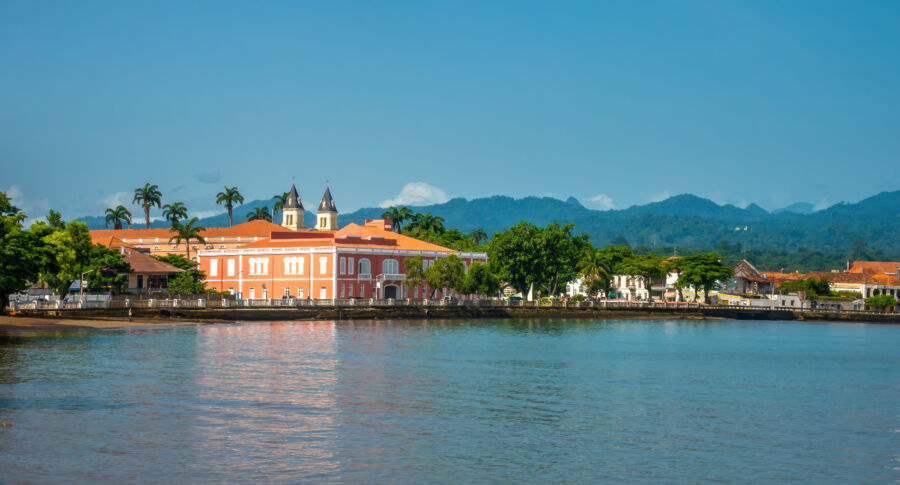
Unspoiled natural beauty in off-the-beaten-path locations is a feast for the eyes. Pristine beaches with crystal-clear waters, untouched forests teeming with diverse flora and fauna, and majestic mountains that rise in splendid isolation are just a few of the awe-inspiring features waiting to be discovered by adventurous travelers.
Consider the hidden gem of Sao Tome and Principe off Central Africa’s western coast. This island nation boasts dense rainforests, secluded beaches, and volcanic landscapes perfect for immersive hikes. Experience the thrill of encountering unique plants and animals while soaking in the unadulterated beauty of this tropical paradise.
Wildlife Encounters
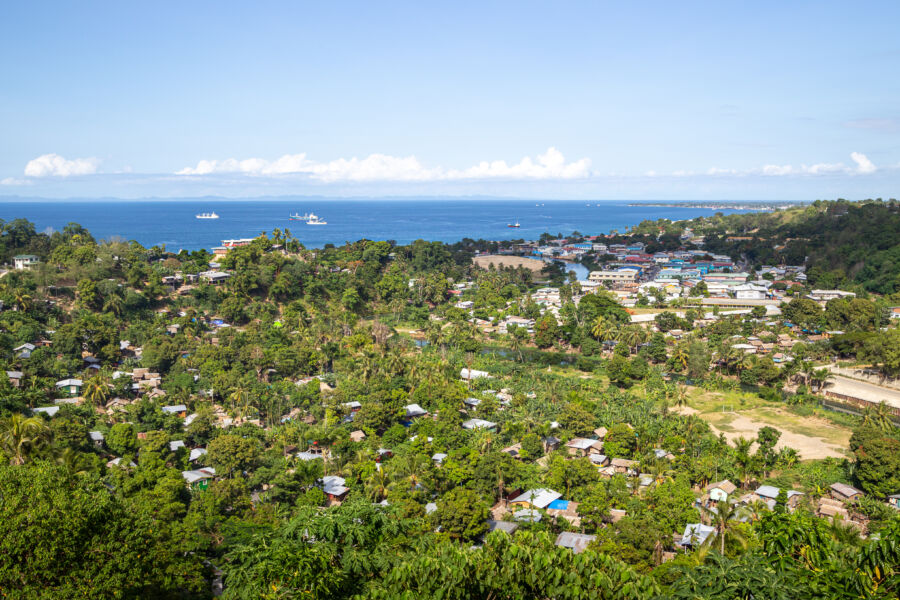
The allure of off-the-beaten-path locations lies not only in their scenic beauty but also in their potential for unforgettable wildlife encounters. These places often offer opportunities to witness diverse and rare wildlife thriving undisturbed in their natural habitat.
For instance, the Solomon Islands is home to an array of exotic birds, marine life, and lush rainforests with a rich diversity of flora and fauna. Travelers can embark on guided tours led by local experts to remote areas where they can observe elusive species in their pristine environment. Exploring these lesser-known locations promises an enriching journey filled with authentic cultural experiences, breathtaking natural wonders, and captivating wildlife encounters that create memories to last a lifetime.
In your quest for extraordinary adventures, venturing into inaccessible regions unlocks new layers of exploration and discovery. Let’s now turn our attention to unraveling these hidden treasures.
Accessing Inaccessible Regions
When reaching remote and inaccessible locations, a sense of adventure is at the heart of your journey. Embracing alternative forms of transportation opens the door to unparalleled experiences beyond traditional tourist routes.
Alternative Transportation

One such option is chartered flights that can take you to places inaccessible by land. Flying over landscapes that few have seen can be an exhilarating experience, providing a bird’s-eye view of untouched terrains. Remote road trips are another exciting way to reach hidden gems.
These journeys require thorough planning and adventurous spirit as they often involve rugged terrains and challenging weather conditions, but the scenic beauty and the feeling of adventure are unparalleled. Boat journeys are also a fantastic way to explore remote areas, offering access to coastal spots and islands untouched by mass tourism and providing an opportunity to witness unique landscapes and cultures.
Expert Guidance

Seeking guidance from locals and experts with intimate knowledge of the terrain is crucial for a safe and immersive journey into these remote areas. Local guides provide valuable insights into the local culture and customs and ensure easy navigation through challenging terrain. Their expertise in handling unexpected situations and knowledge of flora, fauna, and weather patterns add depth to your exploration, enriching your travel experience with stories and insights that only those deeply connected to the region can provide.
Safety Measures

Thorough planning, preparation, and safety measures are paramount before venturing into inaccessible regions. Prior research on weather conditions, terrain difficulties, and emergency protocols is vital for responsible exploration and adventure.
Carrying essential supplies like food, water, a first-aid kit, communication devices, and navigation tools is non-negotiable. Additionally, understanding local regulations and respecting cultural norms helps promote ethical traveling practices in these off-the-beaten-path locations.
By approaching these remote regions with respect for their natural beauty and cultural significance while employing proper safety measures, travelers can ensure a memorable experience while preserving the integrity of these hidden gems for generations to come. In this high-stakes game of seeking out uncharted territories with respect and responsibility, we now focus on unveiling the myriad cultural frontiers waiting to be discovered.
Unveiling Hidden Cultural Frontiers

When we explore off-the-beaten-path destinations, we are not just discovering new landscapes or getting away from crowds. We are also allowed to immerse ourselves in unique cultural experiences often untouched by the influence of tourism. These hidden gems offer a window into worlds where ancient traditions, ceremonies, and cultural festivals have been preserved over generations.
This is where travelers can truly connect with cultural practices deeply rooted in history, giving them a taste of authenticity that is rare to find amidst popular tourist hotspots. In these remote areas, the festivals and traditions are not put on for show—they are an integral part of everyday life, and visitors can be a part of these celebrations in a genuine, unaltered way. Witnessing and participating in these ceremonies can provide a profound understanding of the people and their heritage, allowing for meaningful cross-cultural exchanges that leave a lasting impact.
Like time capsules, these areas give travelers a precious glimpse into the past, providing an insight into how communities have preserved their cultural identity despite modernization and globalization. You may encounter tribes performing age-old rituals or witness traditional dance forms that have been passed down through generations.
Moreover, these lesser-known cultural frontiers also offer a doorway into humanity’s intangible cultural heritage. Traditional music, folklore, oral history, and craftsmanship are all part of the rich tapestry of intangible cultural heritage waiting to be uncovered in these remote locations.
Imagine sitting around a fire listening to ancient folktales or observing local artisans as they practice techniques that have been refined over centuries. This heritage lives within the hearts and minds of communities and adds depth to our understanding of human culture.
This kind of experience is irreplaceable—there’s no replica for hearing songs sung in their original dialect or listening to elders recounting stories from their past. It’s an encounter that allows for perspective shifts and personal growth, creating memories that linger long after leaving those hidden cultural frontiers.
In essence, these remote areas embody the resilience of human culture, holding within them the immeasurable value of centuries-old customs and traditions that are waiting for intrepid travelers to uncover. How about exploring some wilderness areas with few visitors? Set your sights on places where nature reigns supreme and human footprints are scarce.
Wilderness Areas with Few Visitors
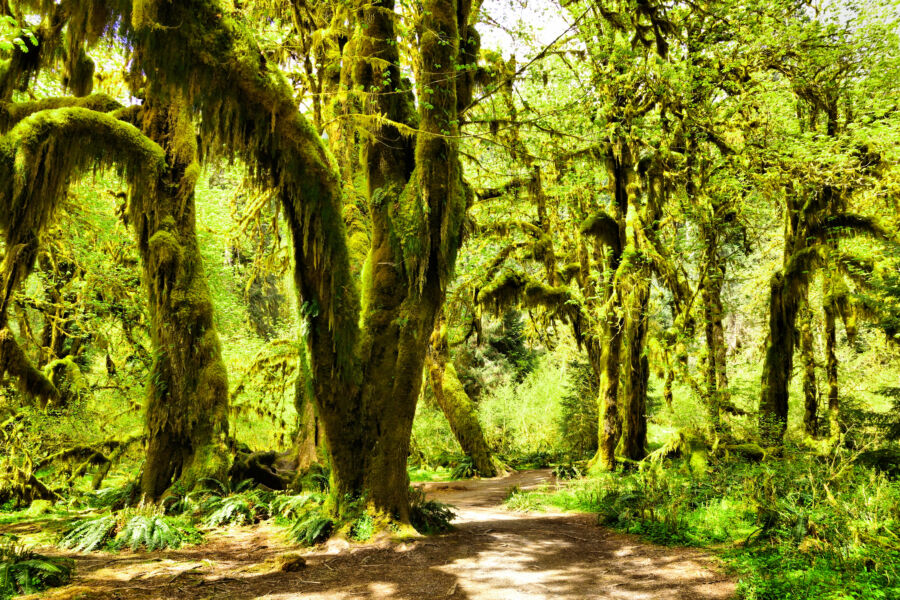
Exploring less-visited wilderness areas is an incredible way to connect with nature in its purest form. These places offer a refuge for rare and endangered species, unique flora, and breathtaking landscapes. By heading off the beaten path, you’ll witness a slice of untouched wilderness and play a role in ensuring these habitats remain preserved for future generations.
- Untouched Ecosystems: Within these low-traffic wilderness areas, you’ll find ecosystems largely undisturbed by human activity. This creates a rare opportunity to observe the intricate balance of nature, where predator-prey dynamics, plant interactions, and natural processes unfold without the influence of heavy tourist footfall. These environments teem with life—majestic birds, elusive mammals, and vibrant plant life that exist in delicate harmony.
- Endangered Species: These remote areas often serve as crucial refuges for endangered species facing threats from habitat loss and human interference. Witnessing these animals in their natural habitat is awe-inspiring and serves as a reminder of the importance of conservation efforts.
- Unique Flora and Fauna: The biodiversity found within these less-trafficked locations often showcases unique species rarely seen elsewhere. These landscapes are a living museum of evolutionary marvels, from exotic flowers to ancient trees. As a responsible traveler, visiting these areas offers the opportunity to appreciate the beauty and complexity of our natural world while contributing to their preservation efforts.
Responsible Tourism

Responsible tourism in these wilderness areas is vital for long-term conservation and sustainability. Here are some key aspects of responsible tourism when exploring these untouched natural habitats:
- Sustainable Practices: It’s crucial to minimize our impact on these delicate ecosystems through sustainable travel practices. This includes respecting wildlife by observing from a safe distance, properly disposing of waste, and supporting local conservation initiatives to protect these areas.
- Contributing to Conservation: Responsible travelers can actively preserve these wilderness areas by supporting local conservation projects through direct participation or financial contributions. This support helps ensure these habitats remain protected and accessible for future generations.
- Environmental Awareness: Educating oneself about the fragility of these environments is essential for responsible tourism. Understanding the potential impacts of our actions allows us to make informed decisions that minimize harm and foster a greater appreciation for the natural world.
Ultimately, exploring wilderness areas with low tourist footfall offers an enriching experience while promoting sustainable travel practices to preserve these invaluable natural habitats. Through responsible tourism, we can help ensure that these pristine environments continue to thrive for years. As we unravel the mysteries hidden in the heart of unspoiled terrains, let’s uncover the dynamics of sparse populations in far-flung regions—areas where people have etched out an existence against all odds.
Decoding Sparse Population in Remote Areas

Remote areas with sparse populations offer a unique glimpse into those who have chosen to live far from bustling urban centers. While some may see these areas as lonely, they are rich in culture and traditions that have flourished over generations.
The communities in these regions often possess customs and social structures distinct from the norms found in densely populated areas. Their livelihoods are deeply tied to their surroundings, leading to practices and knowledge preserved for centuries. Living close to nature, they have developed ways of sustainable living that could offer valuable insights to our modern society.
Cultural Exchange and Respect
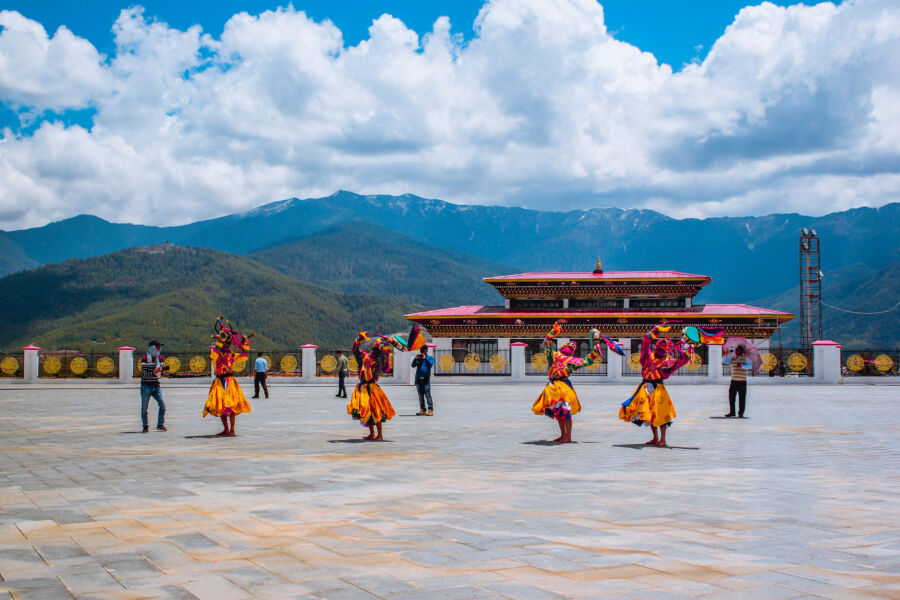
Engaging with locals in these remote areas can be an enriching experience for travelers. It provides an opportunity for cultural exchange, letting visitors gain a deeper understanding of the inhabitants’ traditions and daily lives. However, it’s crucial to approach this interaction with respect and sensitivity.
When visiting these communities, it’s important to realize that you are a guest in their home. Learning about traditional practices and participating in cultural activities can foster mutual understanding and appreciation. Interaction should always be approached with an open mind and a willingness to learn while respecting the privacy and traditions of the locals.
Opportunities for Learning and Understanding

By engaging with sparse populations and learning about their customs and way of life, travelers can gain insights beyond typical tourist experiences. This firsthand exposure to unique community dynamics can lead to a deeper appreciation of diversity and an increased awareness of different ways of living.
Through genuine interactions and respectful engagements, individuals can bridge cultural gaps, gain new perspectives, and contribute positively to preserving these unique communities. Understanding the nuances of sparse population dynamics helps us appreciate the richness of culture in these remote areas. Now, let’s explore how travelers can connect with the locals while respecting their traditions and privacy.
Discovering Deserted Islands and Villages

Stepping onto an untouched deserted island can feel like discovering a piece of paradise hidden from the world. The allure of these islands lies in their unspoiled nature: Think sparkling beaches, clear blue waters, and a serene ambiance far away from the hustle and bustle of everyday life. These forgotten spots magnetize travelers seeking solitude and natural beauty.
Each island has its own story—a history carved by wind, waves, and time. From lush tropical greenery to dramatic cliffs that plunge into the sea, every island holds a special charm waiting to be uncovered. The absence of modern development allows these islands to retain their untamed beauty, drawing visitors into a world of tranquility where the only sounds are the gentle roll of waves and the occasional call of native birds.
Transitioning from secluded islands to isolated villages paints a different but equally captivating picture. Picture pathways flanked by traditional houses, each holding stories of generations before us; inhabitants going about their daily lives in harmony with nature; customs and traditions passed down and closely guarded against the relentless march of time. These deserted villages provide insight into unique cultural heritages that are often vanishing, preserved in the peace and seclusion of remote settlements.
The allure of deserted islands and villages lies in their ability to transport us to a simpler way of life—where time seems to slow down, and the connection with nature is strong. But while they offer beauty and tranquility, it’s important to approach them with respect for their delicate ecosystems and cultural significance.
Explore places that speak volumes through their unspoiled landscapes—a testament to the raw beauty and timeless appeal of nature’s secluded pockets. Finding solace in these hidden gems in this fast-paced world can provide an invaluable sense of peace and wonder. Embracing these experiences may foster a deeper connection with nature and humanity’s cultural tapestry.


